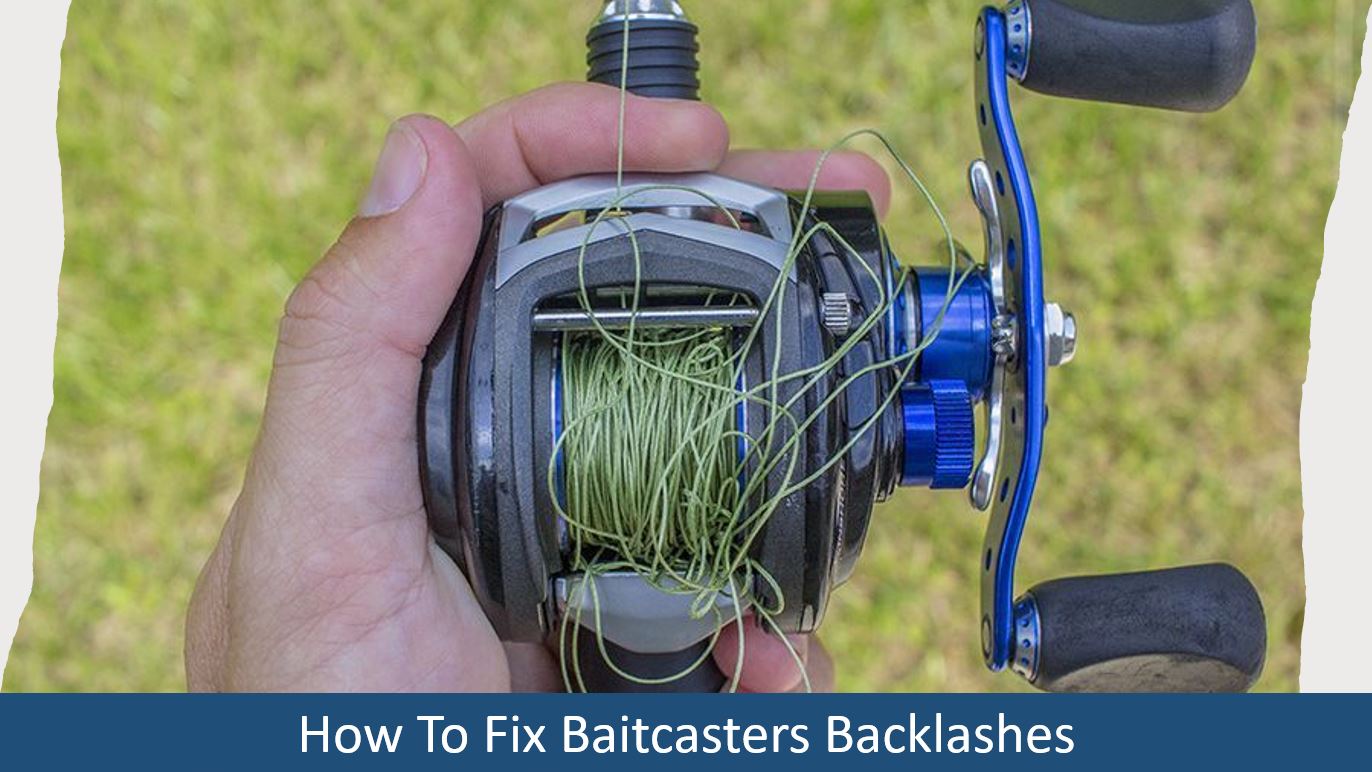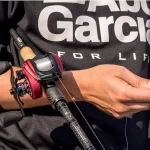Fishing with a baitcasting reel is a popular choice among anglers, but it can be intimidating for beginners. One of the biggest fears that anglers have when using a baitcaster is the dreaded backlash. Backlash occurs when the spool of the reel spins faster than the line is coming off, causing the line to tangle and knot up. This can be frustrating and time-consuming to fix, but with a few simple steps, you can remove backlash from your baitcaster and get back to fishing.
Why One Should Use A Baitcaster Reel?
Before we dive into how to remove backlash from a baitcaster, let’s first discuss why anglers choose to use this type of reel. Baitcasting reels offer several advantages over other types of reels, including:
Greater Casting Accuracy:
Baitcasters allow for more precise casting, which is especially important when targeting specific areas or fish species.
Increased Power and Control:
Baitcasters are designed to handle heavier lines and lures, making them ideal for catching larger fish.
Versatility:
Baitcasters can be used for a variety of fishing techniques, including flipping, pitching, and trolling.
Why Do Some Anglers Fear Baitcasters?
Despite the many benefits of using a baitcasting reel, some anglers hesitate to try them out due to the fear of baitcasting reel’s backlash. Backlash can be frustrating and time-consuming to fix, and it can also lead to loss of fishing time. However, with a little practice and patience, anglers can learn to use a bait caster reel without fear of backlash.
What Causes Backlashes?
Backlash occurs when the spool of the reel spins faster than the line is coming off, causing the line to tangle and knot up. This can happen for several reasons, including:
Improper Spool Tension:
If the spool tension is too loose, the spool will spin too quickly, causing backlash. If the spool tension is too tight, it can prevent the line from coming off the spool smoothly, also causing backlash.
Improper Brake Settings:
Baitcasting reels have a braking system that helps control the speed of the spool. If the brake settings are too loose, the spool will spin too quickly, causing backlash. If the brake settings are too tight, it can prevent the line from coming off the spool smoothly, also causing backlash.
Casting Technique:
Backlash can also occur if the angler’s casting technique is incorrect. Casting too hard or too fast can cause the spool to spin too quickly, leading to backlash.
How Do We Get Backlash Out Of A Baitcaster Reel?
Now that we know what causes backlash, let’s discuss the ways how to remove it from a baitcaster. Here are the steps to follow:
Start by pulling it out
The first step in removing backlash from a baitcaster is to pull out the tangled line. This can be done by holding the rod tip up and pulling the line out with your fingers. Be sure to pull the line out slowly and carefully, as pulling too quickly can cause the tangle to become worse.
Pull out the tag ends
Once you have pulled out the tangled line, you will need to locate the tag ends. Tag ends are the loose ends of the line that are sticking out of the tangle. These will need to be pulled out in order to remove the backlash.
What Are Tag Ends?
Tag ends are the loose ends of the line that are sticking out of the tangle. These will need to be pulled out in order to remove the backlash. To do this, use a pair of tweezers to grab the tag ends and pull them out of the tangle. Be sure to pull the tag ends out slowly and carefully, as pulling too quickly can cause the tangle to become worse.
Break out the Tweezers
Once you have pulled out the tag ends, you will need to use a pair of tweezers to carefully remove any remaining knots or tangles. Start by gently pulling on the line to see if there are any knots or tangles that need to be removed. If you find a knot or tangle, use the tweezers to carefully untangle it.
Reel It Back In and Cast It Back Out
Once you have removed all of the knots and tangles, it’s time to reel the line back in and cast it back out. Before casting, be sure to adjust the spool tension and brake settings to ensure that they are set correctly. You may need to experiment with different settings to find the right balance for your casting technique.
Conclusion
Removing backlash from a baitcaster can be frustrating, but with a little practice and patience, it can be done quickly and easily. By following these simple steps, you can remove backlash from your baitcaster and get back to fishing in no time. Remember to always adjust your spool tension and brake settings before casting, and to practice your casting technique to avoid future backlash. With these tips in mind, you’ll be a baitcasting pro in no time!






